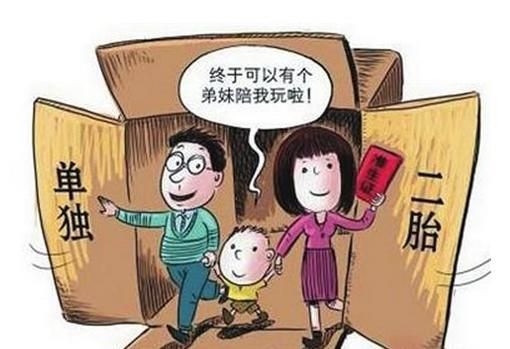中國社科院發布的《經濟藍皮書:2015年中國經濟形勢分析與預測》呼吁,政府應該盡快從現有的“單獨二孩”政策過渡到“全面放開二孩”政策。

請看相關報道:
The fertility rate in China is now 1.4 children per woman, almost touching the warning line of 1.3 that is recognized globally as the "low fertility trap", according to the report.
報告指出,中國目前的總和生育率只有1.4,這個水平已經非常接近國際上公認的1.3的“低生育陷阱”的警戒線。
文中的low fertility trap就是“低生育陷阱”,相關說法還有低生育率(low fertility rate)。那么什么是低生育陷阱呢?
從經濟學(economic)的角度講,所謂的“低生育陷阱”是由于消費欲望(consuming desires)的提升導致的育兒意愿(willingness to have babies)降低。隨著社會文明化程度的提高和經濟快速發展(rapid economic development),生育意愿不斷降低是人類社會發展的必然規律。正因為如此,很多工業化和城市化水平較高的西方國家,人口都出現負增長(negative growth)的趨勢。
報告指出,一旦一個國家陷入低生育陷阱,三個自我強化的機制(self-reinforcing mechanisms)——人口統計(demographic)、社會以及經濟將共同作用,使生育率保持一種螺旋式下跌的趨勢(maintaining a downward spiral in fertility),并難以恢復。
中科院人口與勞動經濟研究所副研究員陸旸表示,low fertility rate (低生育率)會引發shortage in the labor force (勞動力短缺)、aging society(老齡化社會)導致的經濟負擔等問題。
(中國日報網英語點津 丁一)